

Emmaus Road Publishing
827 North Fourth Street
Steubenville, OH 43952
Original publication 1988 by Reverend Thomas J. Herron as The Dating of the First Epistle of Clement to the Corinthians: The Theological Basis of the Majoral View
Republished 2008 by The Saint Paul Center for Biblical Theology
All rights reserved.
Printed in the United States of America
11 10 09 08 1 2 3 4
Library of Congress Control Number: 2008937980
ISBN: 9781931018470
Unless otherwise indicated, Scripture quotations are taken from the Revised Standard Version, Catholic Edition (RSVCE) 1965, 1966 by the Division of Christian Education of the National Council of the Churches of Christ in the United States of America. Used by permission.
Cover design by Julie Davis
Cover artwork: Twelfth Century Apsidal Mosaic of SS. Peter and Clement from the Church of St. Clement, Rome
Vidimus et approbamus ad normam Statutorum Universitatis
Romae, ex Pontificia Universitate Gregoriana
die 1 mensis iunii anni Domini 1987.
R.P. Prof. John Fuellenbach, S.V.D.
R.P. Prof. Ugo Vanni, S.J.
 Imprimatur
Imprimatur 
John Cardinal Krol
Archbishop of Philadelphia
June 29, 1987
C LEMENT AND THE E ARLY C HURCH OF R OME :
On the Dating of Clements First Epistle to the Corinthians
F OREWORD
It would be difficult to overestimate the historical value of Pope St. Clements First Epistle to the Corinthians . It is one of the very few Christian documents that have survived from the generations immediately following the generation of the Apostles. The witness of those texts is rare and precious. They open a window on a world we wish to know, a world otherwise inaccessible. Tradition considers these witnesses collectively as the Apostolic Fathers, the first echo of the Apostles. For centuries, Christians took utmost care to preserve these writings, copying them out laboriously by hand and even risking their lives in order to hide them from persecutors. In the case of Clements Epistle to the Corinthians , some local churches even preserved the book for veneration and proclamation, as part of the New Testament.
Since the early days of the Church, there has been an almost unanimous consensus about the authenticity and authority of the document. Still today, historians and theologians agree that it is a very early witness to the life of the Church. For reasons that Monsignor Thomas Herron makes clear, most scholars of the last century have placed the document at the end of the first century, around AD 96. But Msgr. Herrons meticulous research led him to conclude that the letter was composed much earlier, probably before AD 70. He was not the first scholar to argue for an earlier dating; John A.T. Robinson had done so, some decades before. But Msgr. Herron was the first scholar to undertake a thoroughgoing study of the matter.
His methods are rigorous. His writing is clear and unflinchingly honest. His tone is modest. Nevertheless, his conclusions are stunning. He argues very persuasively for the earlier dates; and then he proceeds to sketch out the significance of the early dating for history, theology, and apologetics.
Did he succeed? Well, his work has been cited as authoritative by scholars as illustrious as Cardinal Joseph Ratzinger. And His Holiness Pope Benedict XVI is certainly not alone.
One of the foremost experts on the Apostolic Fathers is Dr. Clayton Jefford of St. Meinrad School of Theology in Indiana. For more than a decade, his books have been the standard college and seminary textbooks on the Apostolic Fathers; and until recently he always favored a late date for Clements Epistle . However, in his 2006 study, The Apostolic Fathers and the New Testament , he lays out all the possible dates and their respective arguments before he himself concludes: I am ultimately content ... to place 1 Clement in Rome, written by the hand of someone named Clement (perhaps eventually to become Pope Clement) after the deaths of Paul and Peter (by tradition during the reign of Nero) but before the fall of the temple in the year 70. In a footnote, Dr. Jefford explains what caused his turnabout: I am dependent here upon the brilliant analysis by Thomas J. Herron.
It is my pleasure and privilege to bring that brilliant analysis to a wider audience of scholars, as well as the growing number of lay readers who are interested in the Church Fathers.
My only regret is that I did not begin the process of publishing this book sooner. It was from the start a rare book, published in Rome in 1988 as the authors doctoral dissertation for the Pontifical Gregorian University. In the year after its publication, Father Herron presented his findings at the Oxford patristics conference, where it was received with excitement, and he published a summary in Studia Patristica . He planned to pursue the matter with further research, but God had other plans.
Msgr. Herron was summoned instead to serve as an official in the Vatican Congregation for the Doctrine of the Faith. For much of his time there, he was the English-language secretary to the prefect, Cardinal Ratzinger. Work at CDF is a more-than-fulltime job that leaves little leisure for historiography. But it was work that he loved. He later told his sister that the best part of the work was working with Cardinal Ratzinger, who had become a father figure to the young Monsignor.
After serving his term, he returned to the Archdiocese of Philadelphia, where he served as a seminary professor, a newspaper columnist, andhis greatest delighta pastor. He wrote weekly reflections on the lectionary readings that were soon picked up by a number of diocesan newspapers. He loved the families of St. Laurence Parish, and they loved him. And he continued his service to the Church as a theologian. Cardinal Ratzinger wrote him:
I am so grateful that in these years we have been able to stay in close contact, and I thank you from my heart for all the ways in which you have helped the Congregation since going back to America.
He continued to take correspondence and answer questions on his patristic research, but his priestly duties left him little time for research. He expressed the hope that he would return to Clement some day.
But it was not to be. In 2002 he was diagnosed with pancreatic cancer, from which he suffered mightily over the following months. His priest friends continued to go to him for confession. Bishops came to pay homage to a scholar and a friend. Archbishop Wilton Gregory wrote a moving account of their last meeting. He recalled that beside Msgr. Herrons bed was a letter from Cardinal Ratzinger, one of the warmest, most comforting letters that Ive ever read. It read, in part:
When I think of your time here in the Congregation it is your love for Christs Church and your courage in the struggle to safeguard her saving truths that remain so vivid in memory.
Your struggle now is of a different kind, but in some ways the same, since every action of a priestif it is worthy of his priesthoodis a sharing in the sacrifice of Christ, that sacrifice which you have faithfully celebrated on the altar since the day of your ordination.
The angels and saints are close to you in your illness, but know also that my thoughts and my prayers, especially at Holy Mass, accompany you.
Msgr. Herron died May 2, 2004, at age fifty-six.

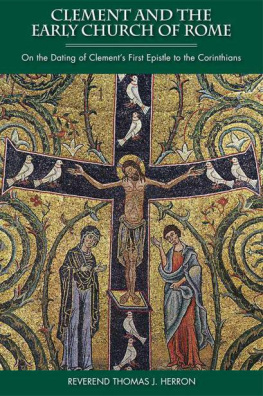
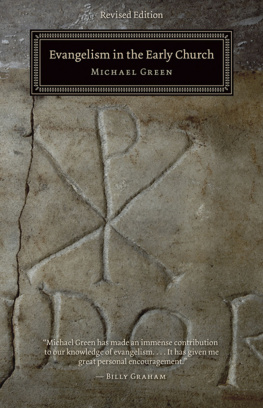
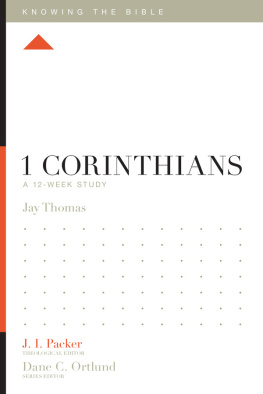
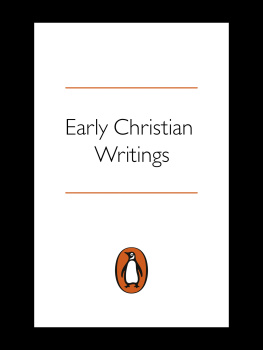
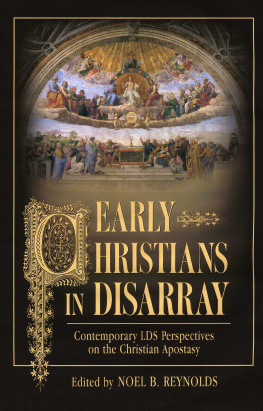
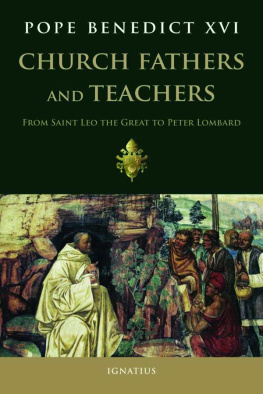
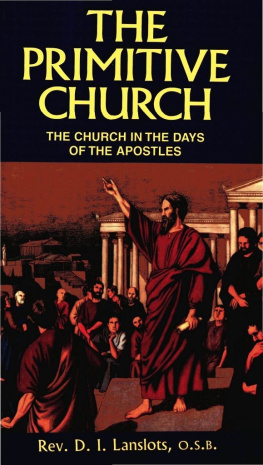


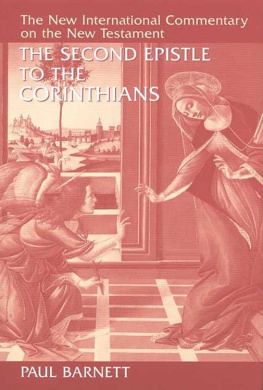
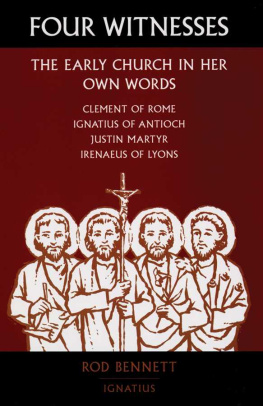


 Imprimatur
Imprimatur 